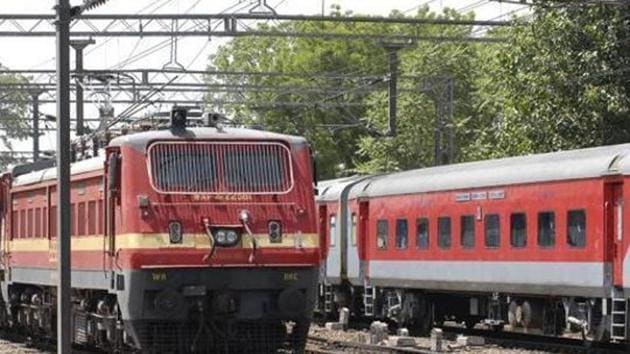CAG pulls up Railways for ‘dressing up’ finances
The operating ratio measures expenditure as a proportion of revenue or the amount spent on every 100 rupees earned by the state-owned transporter. A higher ratio indicates poorer ability to generate a surplus.
The Comptroller and Auditor General of India (CAG) has pulled up Indian Railways for “window dressing” its finances to present its operating ratio and working expenses in a better light during the financial year 2018-19 by including advance freight payments in its calculations.

The operating ratio measures expenditure as a proportion of revenue or the amount spent on every 100 rupees earned by the state-owned transporter. A higher ratio indicates poorer ability to generate a surplus.
In December last year, the government auditor said Indian Railways recorded its worst operating ratio in 10 years at 98.44% and its revenue surplus decreased by more than 66% to ₹1,665.61 crore in 2017-18 from ₹4,913 crore in 2016-17 .
Against the target of 92.8% in the Budget Estimates, the operating ratio of Indian Railways was 97.29% in 2018-19. This meant that railways spent ₹97.29 to earn ₹100, CAG noted in a report on railways presented in Parliament on Wednesday..
“However, if advance freight of ₹8,351 crore from NTPC and CONCOR was not included in the earnings of 2018-19, OR would have been 101.77% instead of 97.29%. The Net Surplus in 2018-19 was ₹3,773.86 crore. IR would have ended with a negative balance of ₹7,334.85 crore but for receipt of advance freight and less appropriation to DRF and Pension Fund. Ministry of Railways (MoR) resorted to window dressing for presenting the working expenses and operating ratio in a better light,” the CAG report on the transporter’s finances noted.
NTPC is the national thermal power producer and CONCOR stands for Container Corporation of India Limited. . DRF is short for Depreciation Reserve Fund.
During 2018-19, Indian Railways generated total internal earnings of ₹1,90,507 crore against the targeted internal earnings of ` 2,01,090 crore, the report said.
“The Railways could not achieve even revised estimate target of ₹1,97,214 crore. The total internal earnings also included freight advance of ₹8,351 crore received from NTPC and CONCOR for transportation of goods in 2019-20,” it added.
The national auditor also raised concern over delays in projects over the past five years because of inefficiency and weak monitoring.
“Projects were to be completed during 2015-20. However, due to inefficiency of Zonal Railways and weak monitoring at the Railway Board level, the progress of projects was slow,” the report said.
CAG also raised doubts over railways’ utilisation of its extra budgetary resources (EBR) for financing project that started from 2015-16 onward. Scrutiny of records relating to 395 projects funded from EBR revealed that 268 projects were still in progress as of 31 March, 2019. This resulted in blocking of ₹48,536 crore of EBR funds besides defeating the intended objective of generation of revenue for debt servicing, CAG said.
“Ministry of railways resorted to Extra Budgetary Resources for project financing from 2015-16 onwards. Financial assistance of ₹1.50 lakh crore was agreed to by Life Insurance Corporation (LIC) over a period of five years (2015-20). Audit observed that the financing arrangement with LIC materialized partially due to regulatory constraints. During 2015-19, only ₹16,200 crore could be raised from LIC. MoR recouped the shortfall of ₹49,164 crore by raising funds through short-term/medium term market borrowings which carry higher rate of interest,” it said.
The national auditor said there were instances of irregular utilization to the tune of ₹1,495 crore from EBR funds.
HT reached out to the ministry of railways for a comment but received no response till the time of going to press.






